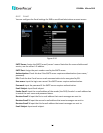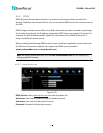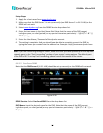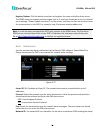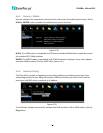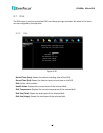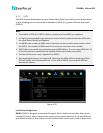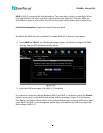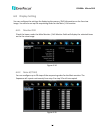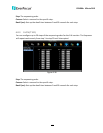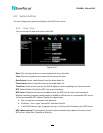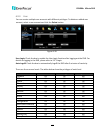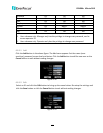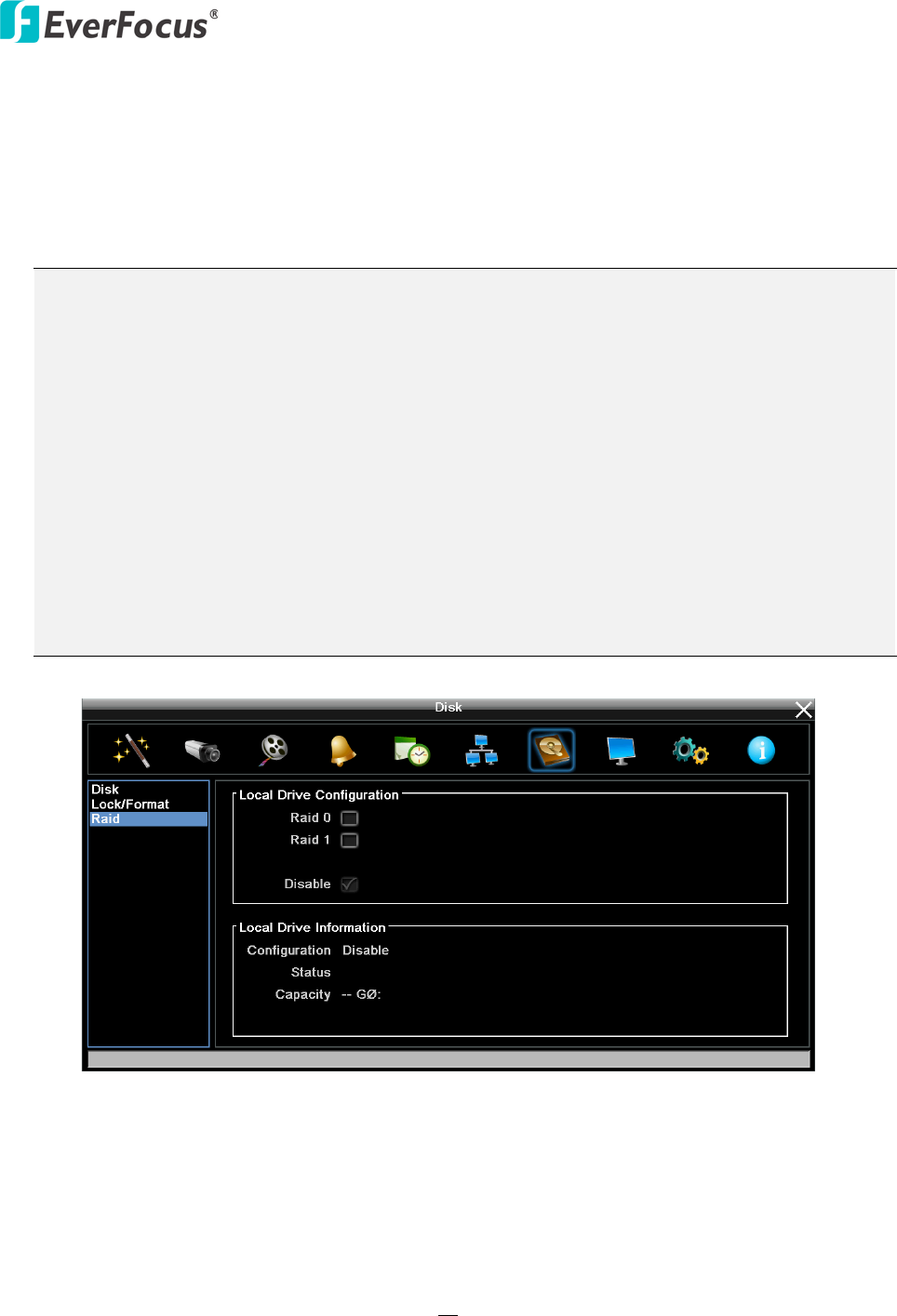
EPHD04+ HDcctv DVR
97
6.7.3 RAID
The RAID function (Redundant Arrays of Independent Disks) can enable two hard disks to act
as one, allowing users to achieve data redundancy (RAID 1) or greater effective disk speed
(RAID 0).
Note:
1. To establish a RAID 0 or RAID 1 volume, a minimum of two HDDs are required.
2. It’s highly recommended to use enterprise level and anti-rotational vibration HDDs with
the same Brand, Model and Capacity.
3. For RAID 0, the number of HDDs used in the array can be an odd or even number; while
for RAID 1, the number of HDDs used in the array can only be an even number.
4. RAID 0 does not provide any protection against HDD failures. If one or more HDDs fail, all
of the information contained on the volume will become totally inaccessible.
5. The Rebuild function is only supported for RAID 1.
6. Hot swapping function is not supported. Removing the HDDs without powering off the
DVR will reboot the DVR automatically. In the case of RAID 0, removing the HDD will
destroy the volume.
Figure 6-32
Local Drive Configuration
RAID 0: RAID 0 is designed to improve disk speed. Data is written to two disks alternatively,
instead of just one, which improves the overall system speed. Note that if the two HDDs are
with different capacity, the smaller size will be the amount of disk space used on both drives.




